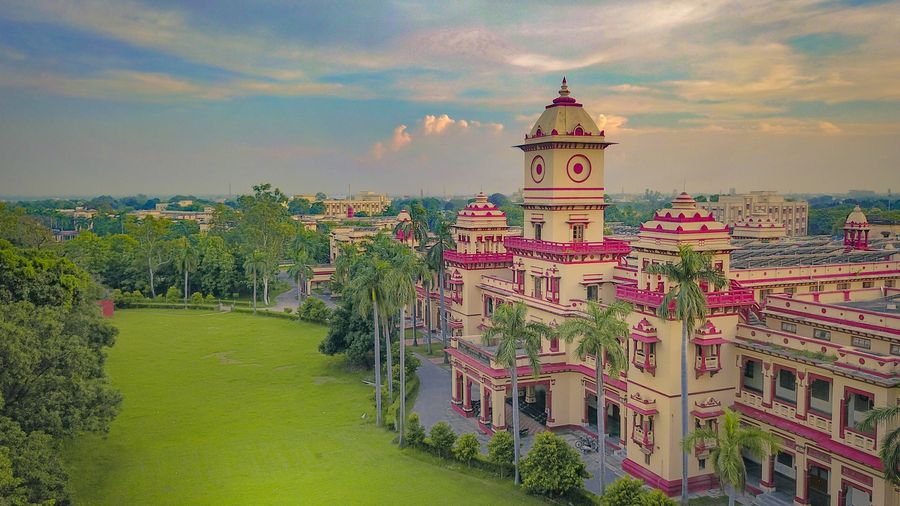· 3 min read
A new chapter in my 3D Visualization story

Long long time ago, at the very turn of the century actually, during my college days at IIT-BHU where I was studying Mechanical Engineering, I developed a deep fascination for 3D graphics. In fact, for my final year B. Tech Project, my team and I created a 3D solid modeler using OpenGL and Microsoft Visual C++. It was a thrilling experience, but those were the days when we didn’t have internet access in our hostel rooms or college labs. To learn about OpenGL, we had to visit internet cafes, pay by the minute, and painstakingly download manuals and snippets of code. Once we had the resources, we would eagerly return to our rooms and study them. Building the modeler and experimenting with various 3D operations like union, subtraction, and intersection to create shapes relevant to mechanical engineering was incredibly enjoyable. The only hurdle was lugging the desktop computer and a bulky CRT monitor to the viva hall for the final project demonstration!
Thanks to my supportive project guide and the dedication of my team members, our efforts paid off, and we received an impressive score. It was particularly gratifying since ours was the first purely software project in the hardcore Mechanical Engineering department.
Although most of us pursued careers in the software industry afterward, my own path gradually deviated from the realm of 3D. I occasionally dabbled in data visualization and 3D graphics but never fully immersed myself in it again.
Fifteen years later, in 2016, an exciting opportunity came knocking. I had the chance to join the renowned Microsoft Visio team at Microsoft. It was a dream come true for me, as I had extensively used Visio in my previous roles as a business analyst and product manager. Although I had the opportunity to launch the Visio Visual for Power BI, and guide the Data Visualizer for Microsoft Visio, my involvement with 3D remained limited to occasional hackathons. The introduction of HoloLens injected a wave of enthusiasm into this field, and in 2018, I showcased a 3D visualization prototype based on digital twin concepts for factories at the Microsoft Ignite conference.
I had high hopes that the advancements in 3D technologies such as AR/VR/MR would accelerate the adoption of 3D in both enterprise and consumer domains, but that’s taking it’s own sweet time, much to Mr. Zuckerberg’s chagrin. Perhaps the mighty Apple’s newly announced Apple Vision Pro will bring some fresh juice into this space. Industry pundits sure are excited this time around.
Nevertheless, one area where I have witnessed excellent utilization of OpenGL, specifically its web counterpart WebGL, is the abundance of creative 3D/3D inspired content on the web.
Personally, throughout my journey, I have always yearned to explore the meaningful applications of this technology in the realm of data visualization.
Now feels a time as good as ever will be to give it a go. That’s why I have recently enrolled in the remarkable Three JS Journey course led by the very charming Bruno Simon. I am eagerly looking forward to gaining valuable insights from this course and creating some truly impressive projects along the way.
Let’s see what comes out of it.